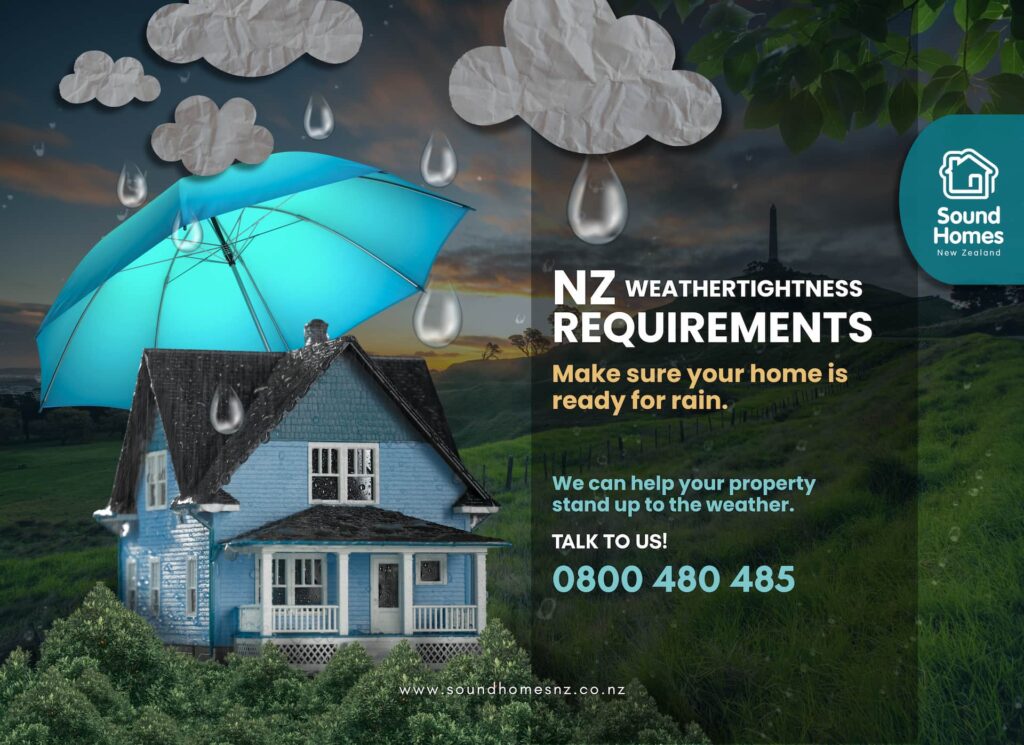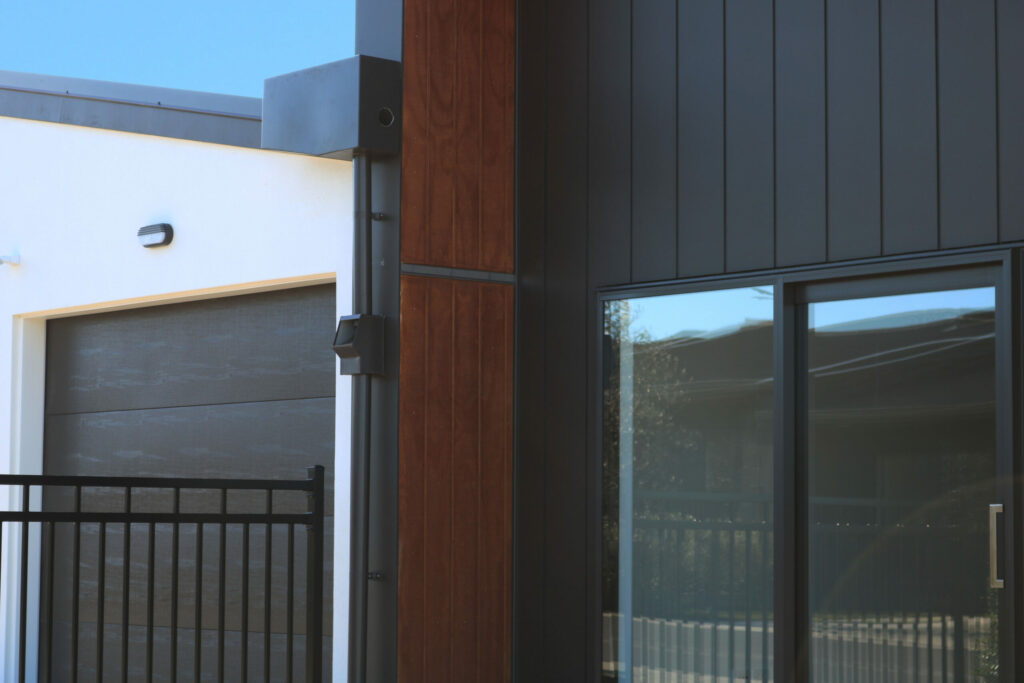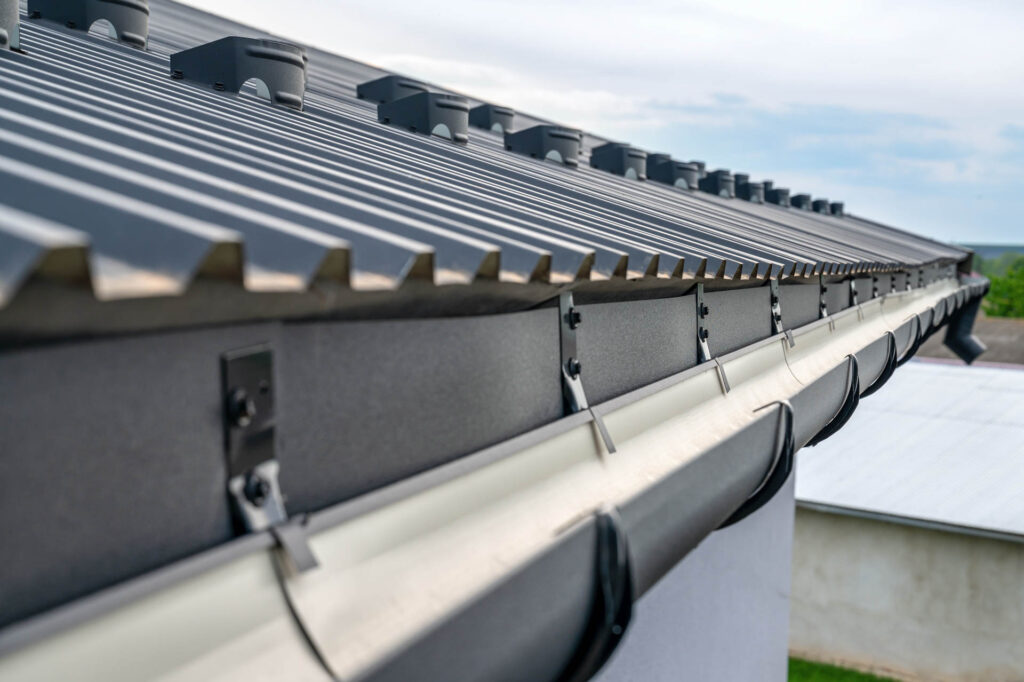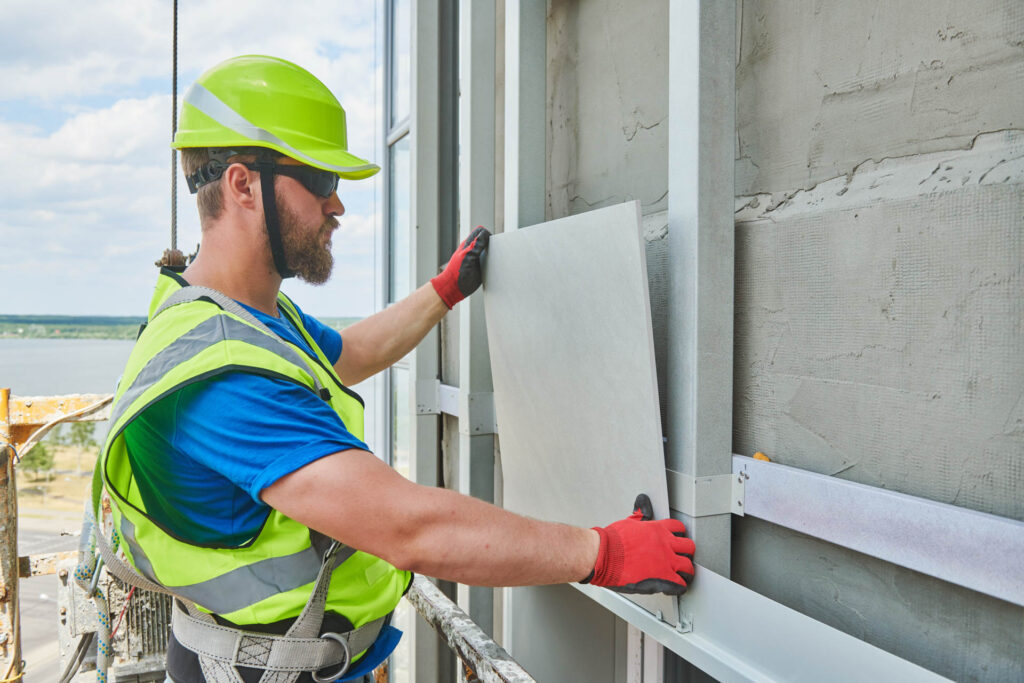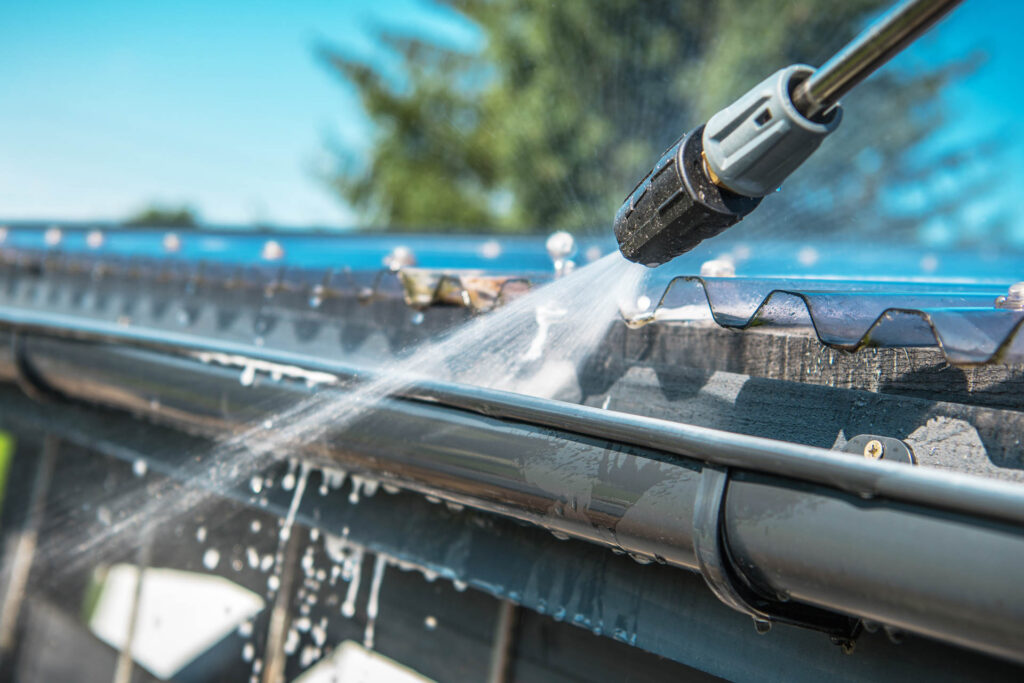Weathertightness Requirements in New Zealand: A Review
Ever since the leaky home disaster in the 1990s left hundreds (if not thousands) of Kiwi properties unequipped to face our subtropical climate, the New Zealand government has put rigid weathertightness requirements in place. These regulations help Kiwi homeowners, builders, and exterior cladding experts know which systems are acceptable to create weathertight homes in New Zealand and how to deal with systems that aren’t up to the task.
But what exactly is weathertightness, and why is it so important? If you have just purchased an older property or are planning a new build, understanding these moisture control standards is essential. In this blog post, we’ll break down the basics of Auckland’s weathertightness requirements and why they matter.
What is Weathertightness?
Weathertightness can get a bit technical, so let’s keep things straightforward. At its core, weathertightness means preventing water from getting into parts of your home where it doesn’t belong—like behind the cladding, beneath the roofing, or inside wall cavities. Given New Zealand’s humid climate and frequent rainfall (as you’re probably well aware), having a properly sealed home is absolutely essential.
A truly weathertight home blocks external moisture while still allowing internal moisture to escape. It’s a fine balance—and one that, historically, hasn’t always been managed well in this country.
The Leaky Homes Crisis
The reason we take weathertightness so seriously in Aotearoa is because, back in the 1990s, the country collectively dealt with what we now know as the ‘Leaky Homes’ crisis. It affected thousands of homes, stemming from insufficient flashing, poor detailing, and very little ventilation behind the walls. In other words, once the water got in, it couldn’t get back out. From there, it’s no surprise that it would create rotten framing, dangerous mould, and compromised insulation. Essentially, the homes started to fall apart from the inside.
Current Weathertightness Standards
To prevent a repeat of the Leaky Homes Crisis, the New Zealand Building Code (specifically the part about External Moisture) has a long and comprehensive set of weathertightness requirements for new builds. They cover materials, methods, and testing protocols for making sure any new home can handle the transfer of moisture properly. There’s a lot of ground to cover, but here are a few of the most important components:
Acceptable Solutions and Verification Methods
When we ask ourselves, ‘What is weathertightness?’, the first place we look is clause E2/AS1. Clause E2/AS1 is part of the go-to document for most residential builders. It outlines acceptable construction systems (like cavity-based cladding systems) and best-practice flashing details. These systems are pre-approved to meet weathertightness requirements, so meeting this clause helps any new build default to an acceptable standard.
Cavity Systems
Every new home in Aotearoa must include a drained and ventilated cavity behind the external cladding. The cavity helps manage any water that gets through the outside shell, letting it drain away or dry out rather than getting into the house. This is a huge step forward from the direct-fix claddings of the 1990s, which bolted directly to the house.
Durability Requirements
Any materials or construction details used must be strong enough to last at least 15 years (for cladding) and/or 50 years (for structural components). This ensures everything will perform well, even in zones with high humidity and salt content in the air.
Risk Matrix
So, what is weathertightness, really? It’s more than just keeping water out—it’s a critical part of ensuring your home is healthy, safe, and built to last in New Zealand’s challenging climate.
For homeowners, meeting weathertightness requirements might seem daunting at first. But with Licensed Building Practitioners (LBPs) handling restricted building work, it’s entirely manageable. These professionals work with proven systems outlined in E2/AS1, helping you stay compliant and avoid costly mistakes. And when in doubt, don’t hesitate to seek a second opinion. When it comes to weathertightness, early action can save you hundreds of thousands down the track.
Make Sure Your Home is Ready for Rain with Sound Homes, Your Local Weathertightness Experts.
At Sound Homes, weathertightness is our bread and butter. We help Kiwi property owners assess their properties, update what’s needed, and stand up to the weather. Don’t deal with the symptoms of a constantly leaking home. Talk to our expert team and get your free quote today.

